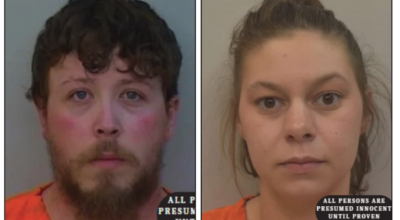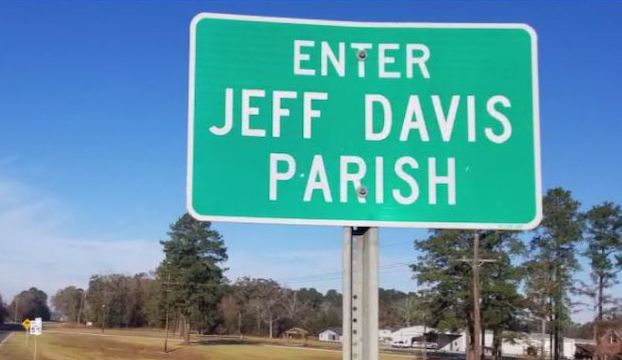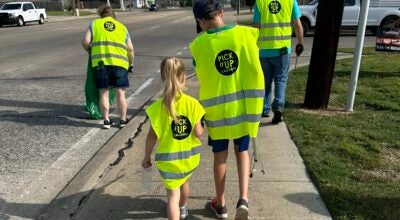2012 brought 72 inches of rain to Lake Area
Published 8:10 pm Tuesday, January 1, 2013
The past year was a wet and stormy one for Southwest Louisiana.
Drought conditions prevailed in 2011, but 2012 produced more than 70 inches of rain and eight tornadoes.
Seventy-two inches of rain fell on Lake Charles in 2012, up from 38.64 inches in 2011.
Weather patterns that began in the Pacific Ocean caused the change, said National Weather Service meteorologist Roger Erickson.
While La Niña caused the drought, weather patterns shifted closer to El Niño, bringing the rain.
Eight tornadoes struck the five-parish area in 2012, up from three in 2011 and the most since 2009, which also saw eight twisters.
Many of the tornadoes were caused by temperatures that were 5-10 degrees higher than normal in the early months of the year.
“There’s a setup to get that kind of bad weather in the wintertime and that’s typically to have above-normal temperatures,” Erickson said. “Any time you see temperatures running above normal in the wintertime, that’s a tipoff that when the fronts do get down here, they’ll probably bring severe weather with them.”
The bad weather began when a tornado touched down in Calcasieu in late January — part of a 12-tornado outbreak that stretched into Texas.
Tornadoes touched down in Oberlin and DeRidder in February. On March 21, a tornado left a two-mile path of damage through the middle of Lake Arthur, striking as many as 35 structures.
Three tornadoes were sighted that day in Vermilion Parish, one south of Gueydan and one in St. Mary Parish.
With the warmer-than-usual weather, Lake Charles saw only eight days below freezing last year, with the coldest day being Jan. 13, when the temperature dropped to 29 degrees.
The year also began with heavy rains — 9 inches in January and 8 inches each in February and March.
It dried up in April and June, but the rains began again and helped keep the temperature down during the summer months, Erickson said.
While there was a high of 101 degrees on June 1, he said, there was a total of 86 days in which temperatures hit 90 degrees, which was a “little bit below normal.”
So what will the new year hold?
“These flip-flopping weather conditions are what we’re expecting,” Erickson said. “It’s going to be cold and then it’s going to be warm, and in between we’ll get those fronts that will make it stormy.”
Case in point: Tuesday, the first day of 2013, brought drenching rainfall throughout the region in advance of a cold front.
Online: www.srh.noaa.gov/lch.
(Rick Hickman / American Press)





